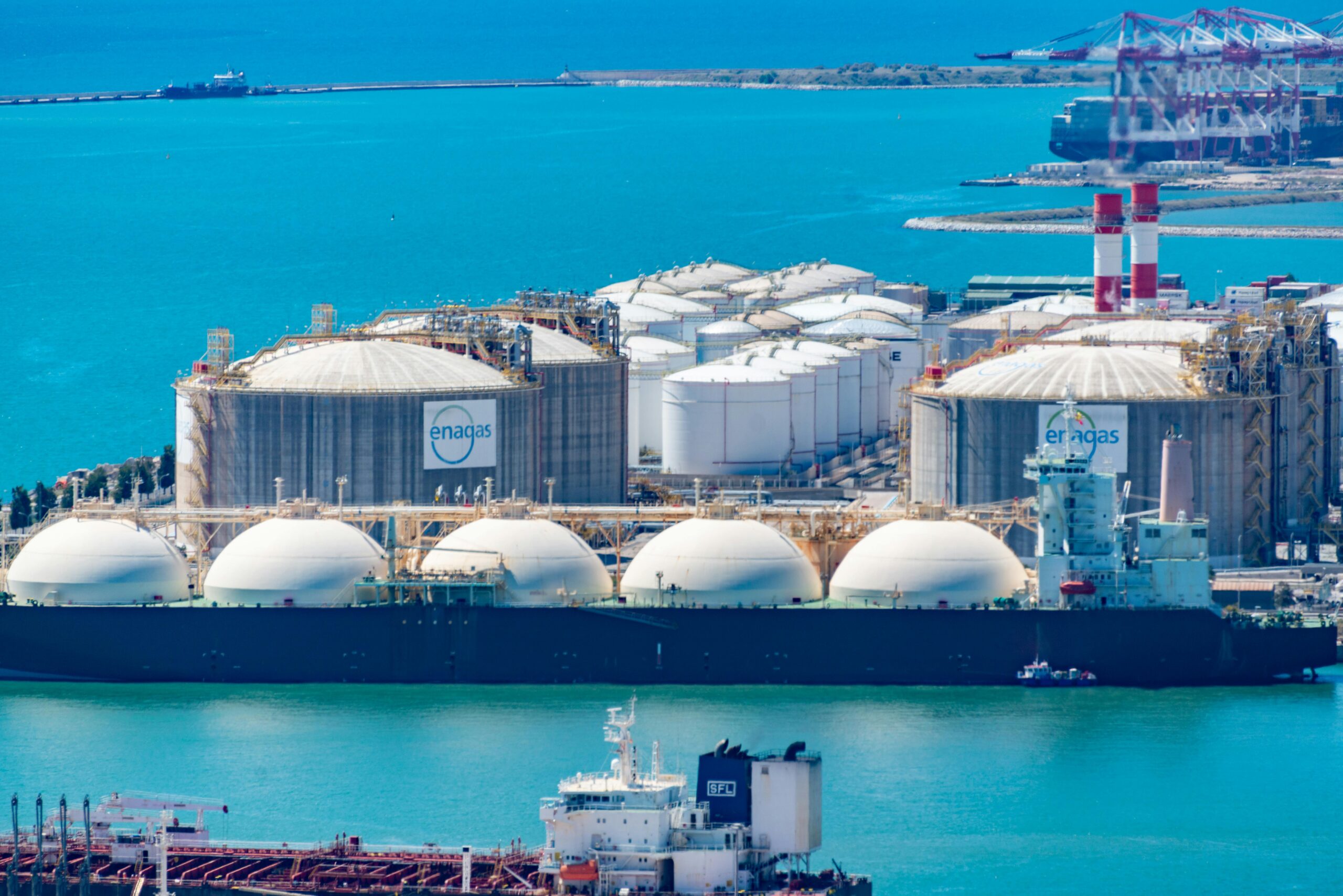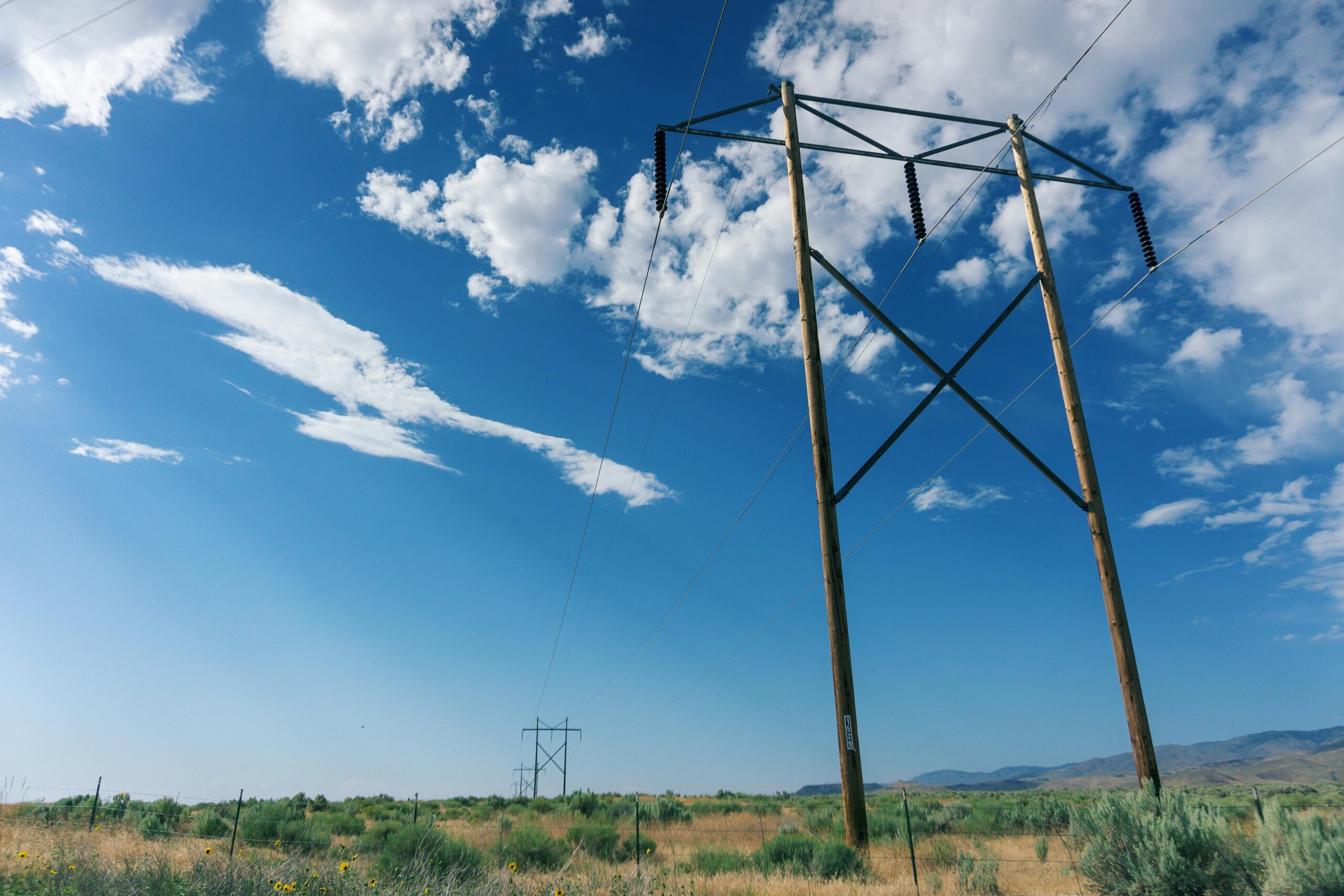
Developing the Commissioning Program During the FEED Process
Why It Matters
Author: Bruce Nicholson
Executive Summary
In complex power generation projects, commissioning is often perceived as a late-stage activity. However, integrating commissioning planning into the Front-End Engineering Design (FEED) phase is critical to minimizing risk, optimizing schedules, and enhancing overall project outcomes.
This approach is especially vital in today’s rapid development of hyperscale data centers, which demand highly reliable power solutions such as advanced nuclear reactors and Small Modular Reactors (SMRs). Even conventional technologies, including gas engines and gas turbine-based plants, present significant challenges due to compressed timelines for installation and commissioning.
This Rev1 Insight highlights the strategic value of early commissioning integration, outlines key steps and associated risks, and provides practical guidance for embedding commissioning into the FEED process.
Introduction
Commissioning is the bridge between construction and operations, and its success is directly tied to early planning and stakeholder alignment. Historically treated as a downstream task, commissioning often suffers from under-resourcing, scope creep, and late-stage design incompatibilities when not addressed early.
The FEED phase presents a critical opportunity to reverse this trend by embedding commissioning requirements into the DNA of the project.
At Rev1 Energy, we believe that commissioning is not a phase; it is a process that should begin during conceptual design and evolve alongside engineering and construction.
Basic Steps to Incorporate Commissioning During FEED
Define Commissioning Scope and System Boundaries Early
Establish clear demarcation of systems and subsystems to streamline work packages and ensure testability.
Design for Commissioning (DfC)
Ensure that equipment layout, accessibility, and test points are designed with commissioning in mind.
Align Schedule and Resources
Integrate commissioning into the master project schedule, identifying long-lead items and critical path tasks.
Develop Preliminary Documentation
Begin creating test procedures, checklists, and turnover packages in parallel with design documents.
Engage Stakeholders Across Functions
Engineering, operations, construction, safety, and regulatory bodies must align on commissioning objectives, timelines, and risk mitigation strategies.
Select and Integrate Digital Tools Early
Choose commissioning management platforms and digital tracking systems early enough to integrate with design models and documentation workflows.
VISUAL COMPARISON TABLE: LATE VS. EARLY COMMISSIONING PLANNING
| Factor | Late Commissioning Planning | FEED & Commissioning Integration |
| Design Compatibility | Risk of rework or inaccessible systems | Systems designed for testability |
| Schedule Impact | Critical delays and rescheduling | Phased commissioning and early energization |
| Cost | Cost overruns from retrofits | Predictable budgets and efficient resource use |
| Safety & Compliance | Rushed reviews, increased risk | Embedded compliance and safer procedures |
| Stakeholder Confidence | Eroded trust and late changes | Alignment, transparency, and shared accountability |
| Documentation Quality | Incomplete records at turnover | Robust, traceable records from Day 1 |
Strategic Implications
Failing to integrate commissioning during FEED leads to systemic vulnerabilities such as:
- Design flaws that make systems untestable
- Schedule compression and resource bottlenecks
- Regulatory non-compliance risks
- Operational inefficiencies due to poor handover
Conversely, incorporating commissioning early unlocks:
- Improved design quality through early stakeholder input
- Streamlined execution with predictable workflows
- Cost control by avoiding late-stage changes
- Increased stakeholder confidence, especially for complex or high-stakes projects such as nuclear, hydrogen, or hybrid energy systems
This strategic shift transforms commissioning from a constraint into a competitive advantage.
Rev1 Insight
At Rev1 Energy, we believe that commissioning begins before the first pipe is laid or the first wire is pulled. Our team brings:
- Deep expertise in FEED-phase commissioning strategy across gas, nuclear, renewables, and hybrid energy systems
- Proven frameworks for documentation readiness, schedule integration, and digital tool selection
- Strong alignment with stakeholder and regulatory expectations from Day 1
Whether your project requires greenfield development, major capital expansion, or modular integration, Rev1 has the tools and talent to build commissioning into your project’s foundation, not as an afterthought but as a driving force for success.
Let’s talk about your commissioning strategy. Don’t let oversight during FEED become crisis during startup.
Connect with Rev1 Energy’s team today and explore how we can:
Develop a fit-for-purpose commissioning plan that scales with your project
Integrate digital systems, documentation workflows, and stakeholder alignment into FEED deliverables
Contact us: bruce@rev1energy.com
Visit: www.rev1energy.com
Rev1 Energy – We help your project run smoother.

Lets get started
Discover how our commissioning software can transform your project management. Contact us today for a personalized consultation and demo!



